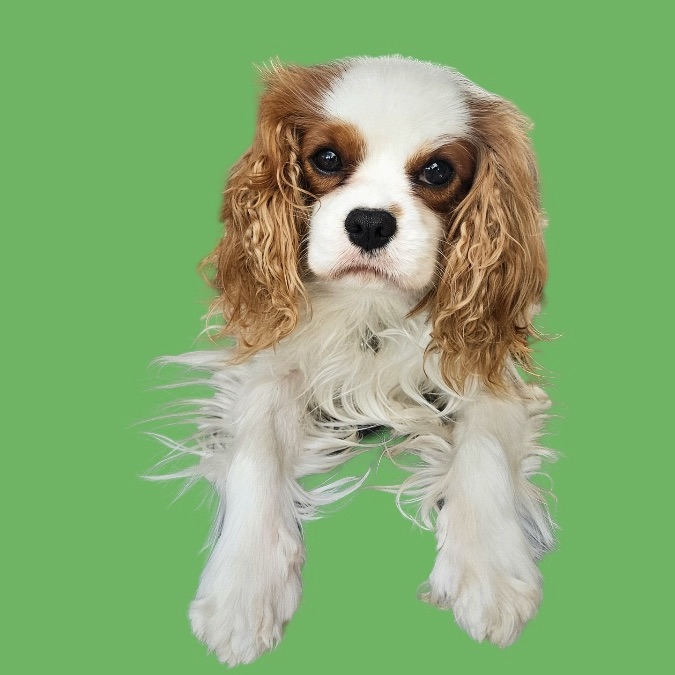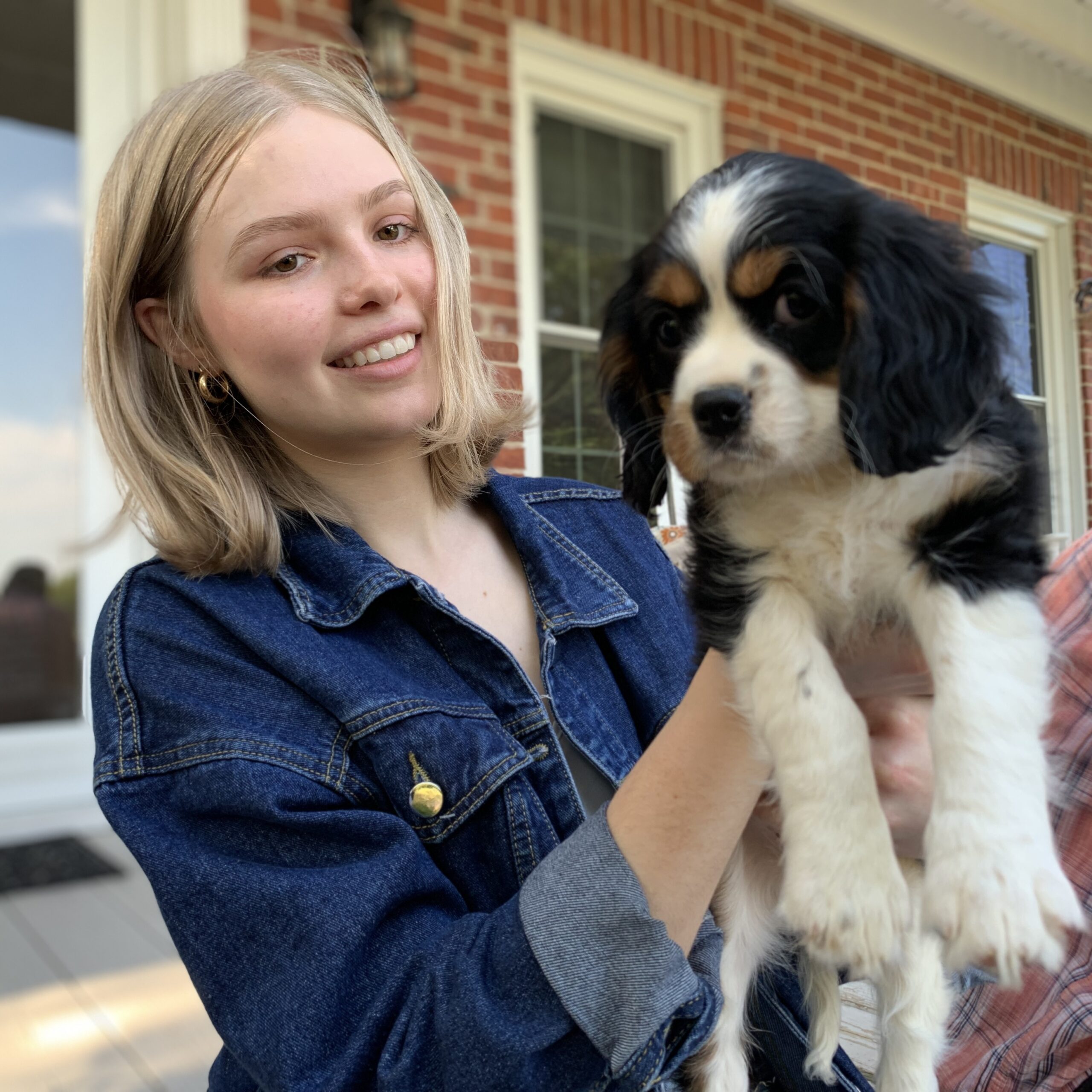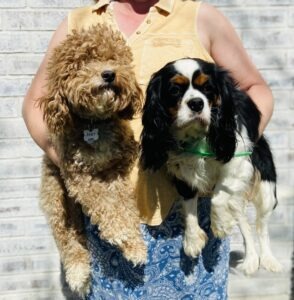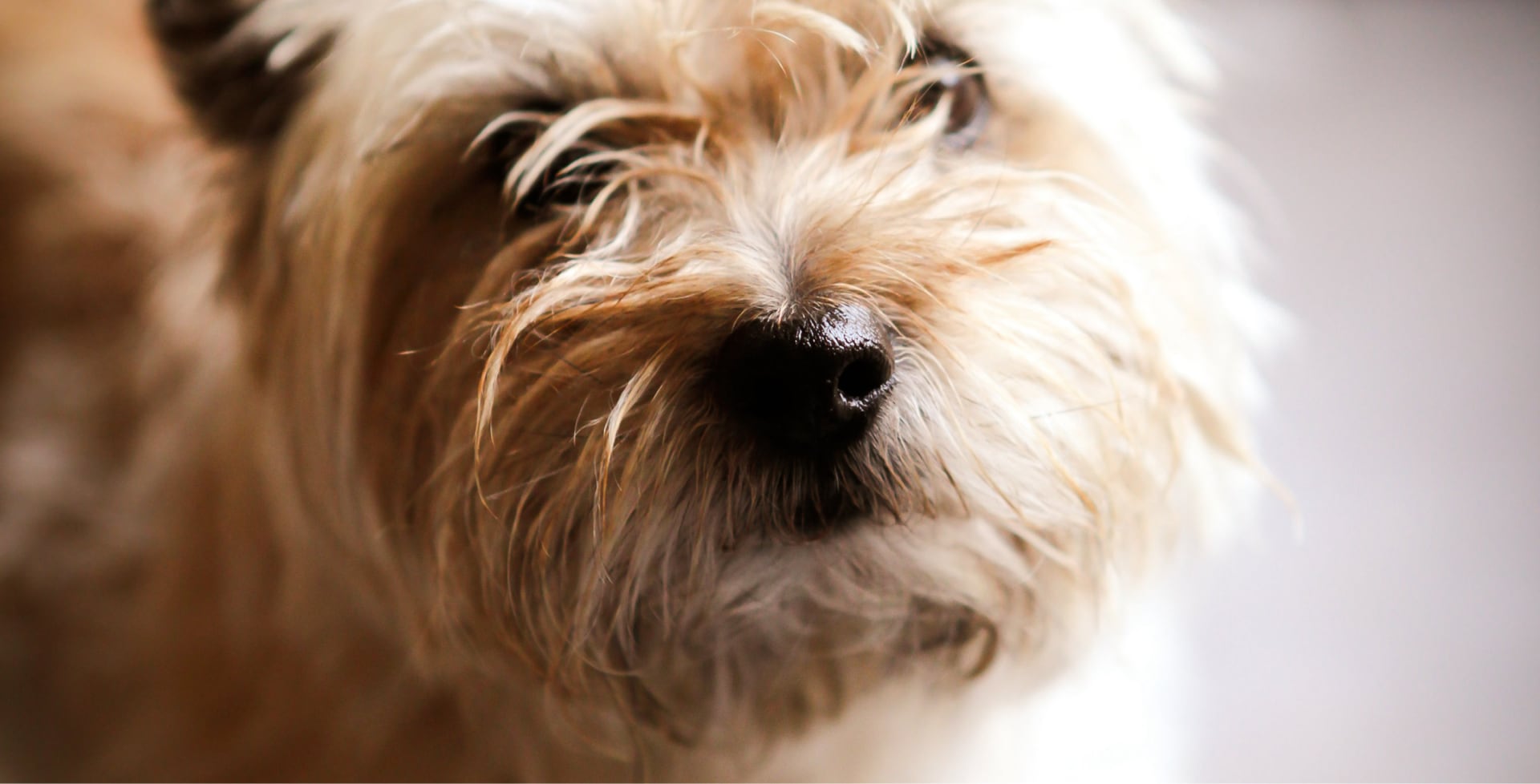Why the Cavalier Improvement Project?
Cavalier King Charles Spaniels are prone to health problems for a variety of reasons including:
-
Cavaliers come from an original small population of dogs resulting in ALL Cavaliers being more related than full siblings. 30-45% COI is common for most Cavaliers. **Full siblings from 4 not-related grandparents is 25% COI.
-
Popular sires create a further bottleneck of inbreeding
- Science has proven that good health, good reproduction and longevity are found in animals who are genetically diverse, resulting in no option to continue pairing full Cavaliers to each other.
-
Until recently there has not been advanced enough science to aide in better dog breeding strategies. Now we have both DNA testing and better science to steer dog breeding strategies.


The goal of the project is to produce dogs who look and act like a Cavalier, but with good health that reduces or eliminates:
- IVDD /CDDY
- MVD heart disease
- SM/CM
- Brachycephalic traits
- Inbreeding below 10%
- Longer healthy lifespan
To achieve this goal, a wide assortment Cavaliers families should be bred to a large assortment of other breeds. Then, these half Cavaliers should be paired together for subsequent generations with the Cavalier genetics at approximately 50% of the pedigree.
Former outcross projects of many types of dogs, including the Cavalier, have shown that breeding the outcross directly back to the project’s purebred was not successful in improving health. The resulting 75% (or higher percentage) of the project’s breed genetics retained the same health concerns as the pure breds.
Our best chance of improving Cavalier’s health is to pair dogs who are half Cavalier to half Cavalier, with a wide assortment of other breeds on the other side of the pedigree.
Half Cavalier offspring kept for breeding should be disease tested and chosen based on health, temperament, physical traits of a small spaniel type. But, different than our modern day Cavalier, we need to adjust the head type. The goal is to create a small size Spaniel-type dog with a longer skull to eliminate SM/CM. In addition, the dogs should have no Brachycephalic traits.

Tell me more! How can this be achieved?
A Cavalier is crossed to an “other” type of dog. The offspring is half Cavalier. The “other” dog should offer genetic and structural health improvement in more than one category.
On subsequent generations, we need to pair dogs who are both half Cavalier, but the “other” side of both dogs do not share many ancestors. We want to avoid line-breeding on the “other side”. Having a wide variety additions of types of dogs added in can repair the offspring’s “fixed genes” that are causing the poor health of Cavaliers. Adding in a wide assortment of new genetics can result in offspring who are genetically diverse, less inbred, and robust. We are creating a healthier dog by adding in genes that are missing in the Cavalier plus reducing autosomal recessive genes (passed from both parents to offspring). Too many traits in Cavaliers are a “fixed gene” due to the small gene pool of founder dogs 100 years ago, plus, repeated inbreeding of all Cavaliers over the past 100 years in a closed gene pool. This practice has led to poor health of our dogs today and a majority COI over 35%.
In the Cavalier Improvement Project the only dog type we want to “line breed” on is the Cavalier, since this is a Cavalier project. Our goal is to produce dogs who look and behave like Cavaliers, yet have high diversity of genes, and eliminate Cavalier specific health issues.
Types of dogs added should be an attempt to improve more than one health concern for each pairing.

Breeds that may be good choices:
- Poodle, Bichon, Maltese, Coton, Papillon, Mi Ki, Havanese
- Spitz: Pomeranian, Am Eskimo, Schipperke,
- Asian: ShihTzu, Shiba, Tibetan Terrier, Lowchen
- Terrier: Rat, DSF, Australian, Jack
- Mini Aussie, Sheltie, OES, Collie
- Retrievers: Golden, Lab
- Llewellin Setter, Brittany, Springer, ECS
- Whippet, Silken,
- Beagle
- Parent dogs with a wide variety of types of breeds blended together is an ideal way to add diversity in one pairing to a Cavalier
How?
In our example we choose two dogs who are well tested with OFA and DNA disese screenings.
Jazzy is a Cavalier, bred to a mini Poodle, Cooper. The following examples show how we can improve health by choosing a mini poodle to pair with a Cavalier.
The long term goal is to blend dogs together who are 50% Cavalier, but the other 50% of the genetics are highly diverse.
In just a few generations of pairing half Cavaliers to each other we can choose offspring who look and behave like a Cavalier. In just a few generations we can live with Cavalier look-a-likes, who are far healthier than Cavaliers of today.
IVDD/CDDY
Cooper is IVDD/CDDY clear.
Jazzy has 2 copies of IVDD /CDDY, as do 100% of all Cavaliers.
This means the half Cavalier puppies can only inherit 1 copy of IVDD/CDDY. This puts us one step closer to IVDD/CDDY clear dogs. On the pairing of a Jazzy/ Cooper offspring to another half Cavalier with 1 copy of IVDD/CDDY, we can then choose a Clear/Normal offspring by DNA testing and choose the next generations breeding candidate. IVDD/CDDY can easily be eliminated in the 4th generation and beyond.
MVD Heart Disese
Mini poodles can have late onset MVD at senior age, and often they never have MVD
Cavaliers often have early onset MVD and die young. Experts say most Cavaliers have MVD if they live long enough.
A poodle added into Cavalier improves the odds of later onset MVD, or no MVD in the offspring
COI and Inbreeding
COI and Inbreeding
Many mini poodles are highly diverse and often have a COI of 3%-15%.
All Cavaliers are highly inbred and all have a COI over 25%, the majority are over 35%
The offspring of a Poodle and Cavalier can range between 0%-5%, meaning the offspring has high diversity and low inbreeding.
The second generation of half Cavaliers with unrelated “other” side of the pedigree can be 3%-15% COI. The goal is to attempt as little inbreeding as possible.
SM / CM
Poodles do not have SM or CM
Most Cavaliers have CM, and about half of the Cavalier population has SM
The longer skull of a poodle added into the small domed head of a Cavalier can improve the offspring skull shape to eliminate SM and CM. Offspring chosen to continue the Cavalier Improvement Project should have a longer flatter skull, and/or MRI scan showing no CM or SM.
Brachycephaly
Poodles have a long nose and do not have any Brachycephalic head traits.
Most Cavaliers have a Brachycephalic head structure
The offspring of these two breeds produces a moderate head with a longer nasal passage that is rarely Brachycephalic in structure.
In Subsequent generations dogs should be chosen as breeding candidates who have no brachycephalic head traits.
* BOAS is a minimal concern of Cavaliers. Our reason for changing the head type away from Brachycephaic is to reduce or eliminate CM / SM
Overall Health
Poodles have a few of poodle specific health concerns, and a few small-breed dog common concerns. Some of these diseases are able to be eliminated with DNA disese testing and/or careful breeding. Overall, mini poodles are known for a long healthy life. Very few health concerns are shared by both breeds.
Cavaliers have a long list of ailments that plague many in the population. Many of these ailments are rare in most healthy varieties of dogs and there are no DNA tests for the conditions. All Cavaliers are closely related to each other, so the opportunity to breed away from health concerns is nearly impossible.
Poodles and Cavalier share only a few similar health concerns. Overall, poodles are generally healthy type of dog. The offspring of a pairing of Poodle & Cavalier gives way for better health and longevity due to high diversity, low inbreeding and healthier structure of the offspring’s head shape.
Join the Companion Dog Project and Registry
You can join the mission of the Cavalier Improvement Project by joining the Companion Dog Project and the Companion Dog Registry.